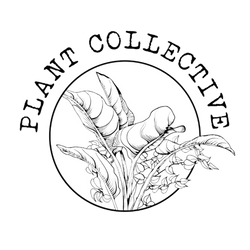The dream of creating your very own indoor jungle can become slightly more complicated when you add in a pet. Most pets don't show as much interest in plants as we do, but it is always best to be safe in case they feel like getting up to some mischief when you aren't looking! I know my dog has definitely knocked over a few of my plant babies in his time. It got me thinking, are all my plants safe for my fur baby? After some digging, I found I had to re-home three of my plant babies... DEVASTATING! So, to protect your fur babies, here are some of the most toxic plants to keep your fur babies away from and five non-toxic plants you can swap them for!

Syngonium also known as the Arrowhead Plant are very toxic when ingested by both humans and pets. These gorgeous plants come in numerous colours and varieties. Sadly they are all toxic. Symptoms to watch out for if your pet has ingested one are an upset stomach, vomiting, skin irritation and severe mouth pain/swelling. A vet or doctor should be contacted ASAP if symptoms show due to swelling leading to problems with breathing. If you can't resist their beauty Syngoniums do look great on a high shelf out of the reach of pets and children.
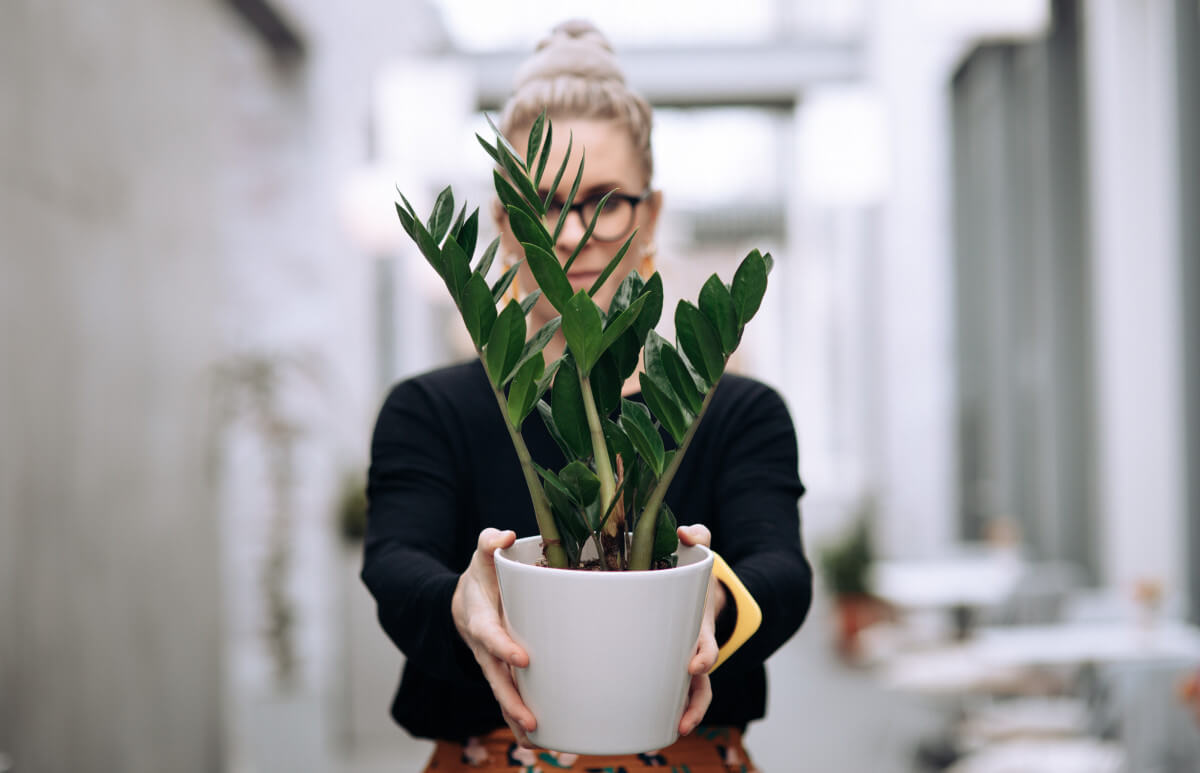
Zanzibar Gem
Zanzibar Gems also known as ZZ Plants are popular for the ability to purify the air. These beauties are super low maintenance and can withstand up to four months without water!! They are toxic for pets when ingested symptoms will show as sharp mouth pain, swelling of the throat, stomach cramps, vomiting and nausea. A Zanzibar can only cause serious symptoms if your pet has eaten large amounts. Touching the sap can cause skin rashes so if you have a Zanzibar in your collection it is best to handle it with gloves.
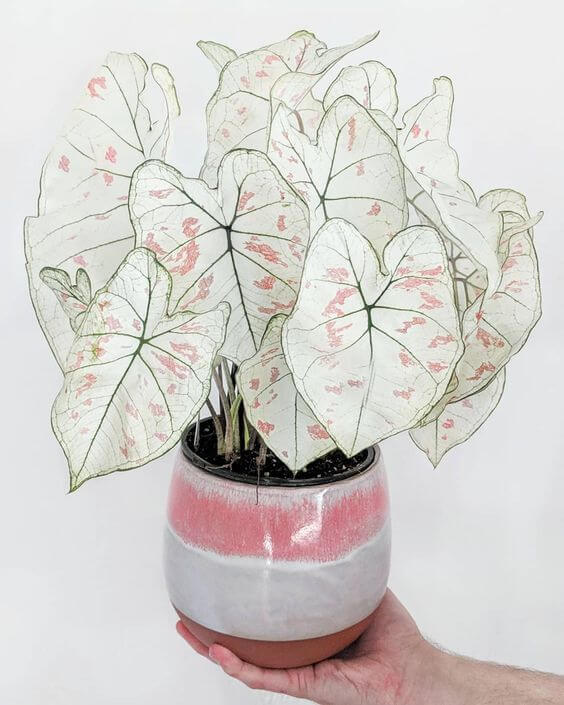
Caladium
Sadly these heart-shaped beauties are toxic to our fur babies... DEVASTATING. Contact your vet if you notice your pet excessively drooling, vomiting or having difficulty swallowing. If your pet eats or chews a caladium it can cause these symptoms and more. This plant can be fatal to your fur baby if left untreated. Might be worth taking this plant off your wish list to protect your pets.

Crassula Ovara
Crassula Ovara is more commonly known as the jade plant, lucky plant or money plant. They grow to look like miniature trees and are very easy to propagate. They are toxic when eaten causing vomiting, lethargy, incoordination and low heart rate. The toxins in the Jade plant are unknown so best to get your pet to the vet if you notice any of these symptoms.
Now for the beautiful plants, you can add to your collection while keeping your fur babies safe and their care needs!
You could create your dream jungle with Peperomias alone, as it has over 1000 known varieties! Peperomias are colour diverse with leaves that come in green, grey, red, purple, variegated and marble colouring. Requiring little care, Peperomia plants are very low maintenance! Meaning they don't mind neglectful parents at all. The most common cause of damage to these babies is too much love in the form of overwatering! Due to their smaller size, they are very easy to keep out of reach of your pet. Peperomias are safe for pets, but unfortunately, that doesn't stop our pets from hurting our plant babies! Although there are a lot of varieties their care plan is almost all the same.
Light: Medium to bright indirect light and can tolerate low, indirect light. Not suitable for intense direct sun.
Temperature: Warm, will not tolerate cold or frost
Water: Weekly (bi-weekly in winter). Increase watering with increased light or heat.
Feed: Every month during the growing season (Spring-Autumn)
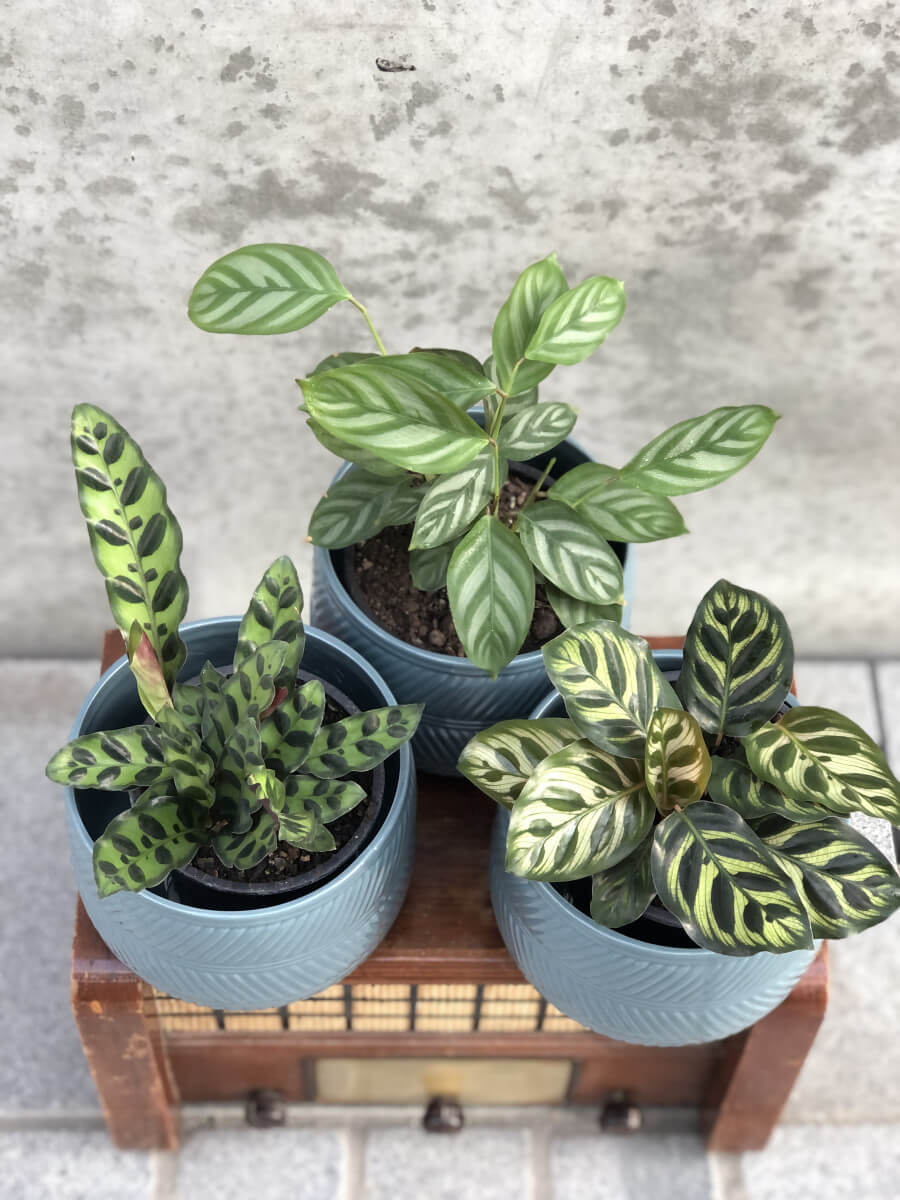
Calathea plants are GORGEOUS! They are super cool because their leaves love following light. To get the best out of Calatheas, rotating them regularly can help to create fuller foliage. Originating from tropical environments, their leaves are popular in Brazil for being used to make baskets and wrap food due to their gorgeous colouring and shape. Calatheas love humidifiers! If you don't own one you can give them a misting. Fun tip! You can feed indoor plants when misting to give them some extra nutrients! Here are some extra care tips
Light: Bright indirect/indoor filtered
Temp: Warm loves humidity- will not tolerate cold or frost
Water: Weekly - keep moist but not saturated (reduce water in winter)
Feed: Every month during the growing season (Spring-Autumn)

Cast Iron plants earned their name by being nearly indestructible..... Nearly. There are serval varieties of Cast Iron plants that range in different shades of green foliage giving the options of striped and spotted patterns. This baby loves being neglected and can even put up with living in the shade. Cast Iron plants are slow-growing but can grow quite tall!! BONUS POINTS this plant is rarely affected by insects and disease.
Light: Indirect / indoor filtered
Temp: Warm - will not tolerate cold or frost
Water: Weekly - keep moist but not saturated (reduce water in winter)
Feed: Every month during the growing season (Spring-Autumn)
Looking for something bright for your pet-friendly jungle? Then the Hyposetes Splash is for you!! Ranging from red to white and every pink in between, these plants are GORGEOUS! Originally from Madagascar and these plants can grow in any type of indirect light. However, leaves will grow brighter colours in lower light situations. These beauties can bring brightness to even the dullest of rooms!
Light: Low to medium Indirect/indoor filtered
Temp: Warm - will not tolerate cold or frost
Water: Weekly - keep moist but not saturated
Feed: Every month during the growing season (Spring-Autumn)
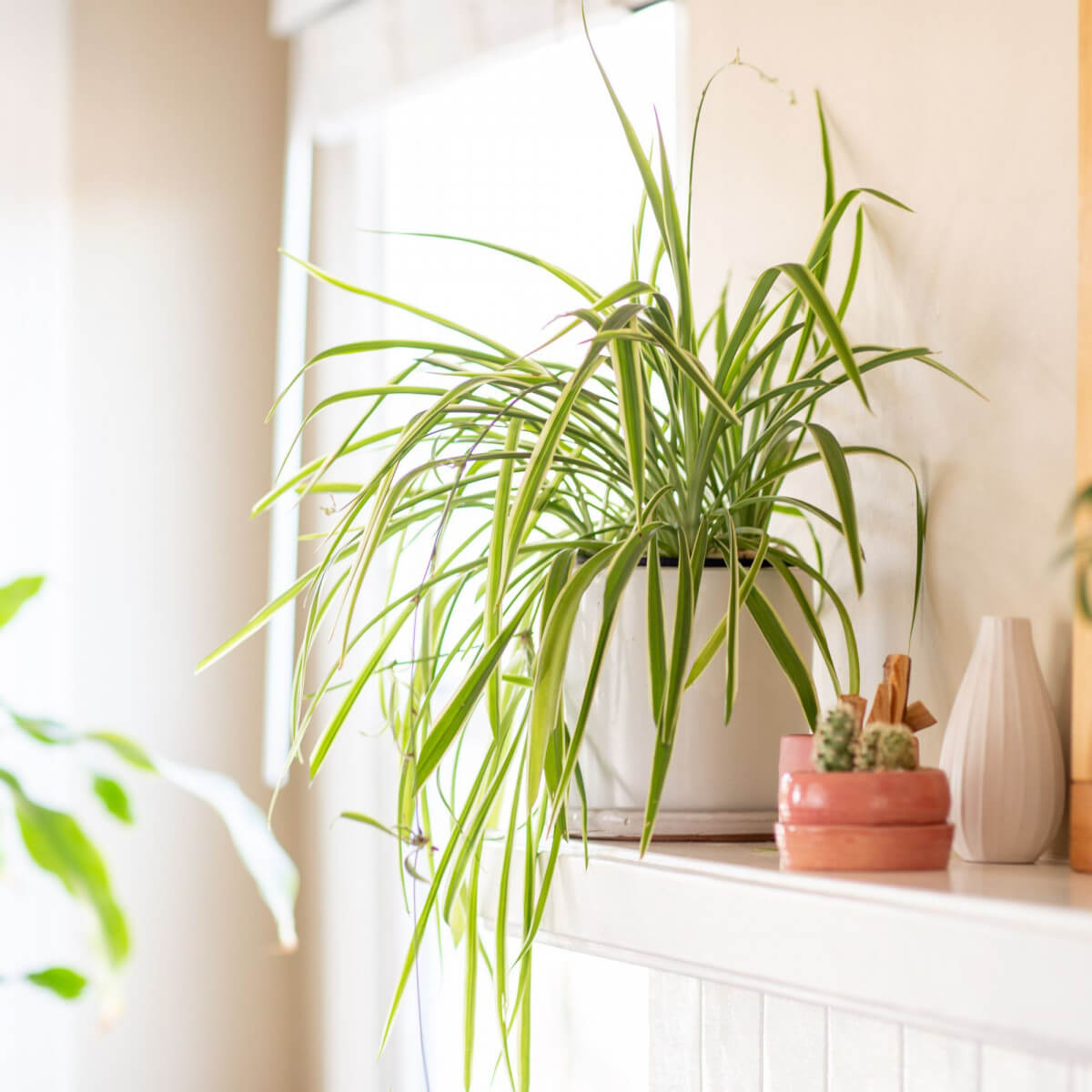
Spider Plant
Spider Plant, also known as Chlorophytum cososum, is very adaptable. This means Spider Plants can grow in a range of environments. It got its name Spider Plant from its cool way of growing spiderettes which trail down from the mother plant like spiders on a web. Spider plants are very easy to care for and rarely face any problems other than browning on the ends of their leaves. With the right care, Spider plants can grow to large sizes!
Light: Medium to bright indirect light and can tolerate low, indirect light.
Temperature: Warm, will not tolerate cold or frost
Water: Weekly (bi-weekly in winter). Increase watering with increased light or heat.
Feed: Every month during the growing season (Spring-Autumn)
Hopefully, this helps you create a safe jungle for your pets! Thank you for taking the time to read this article on Pet and Plant health enjoy this discount code to get 5% off a plant of your choice to put towards creating your pet-friendly jungle.
Discount Code: PET05
